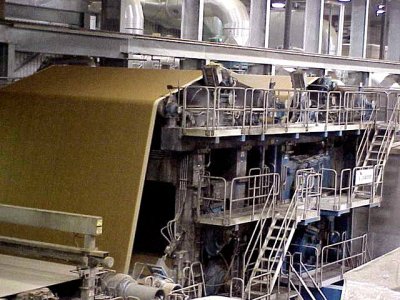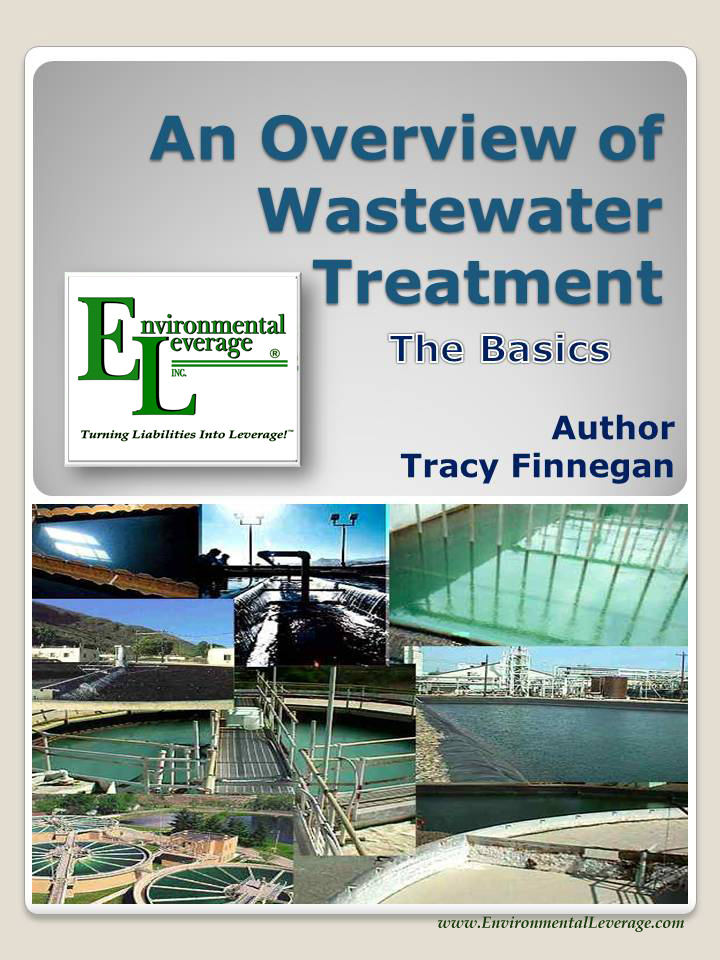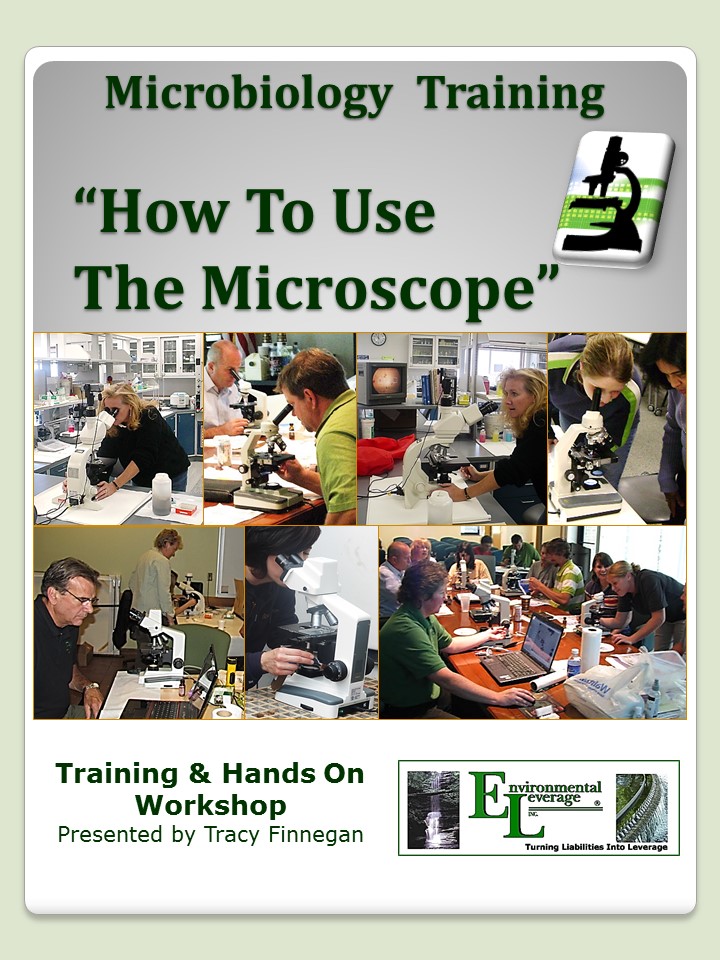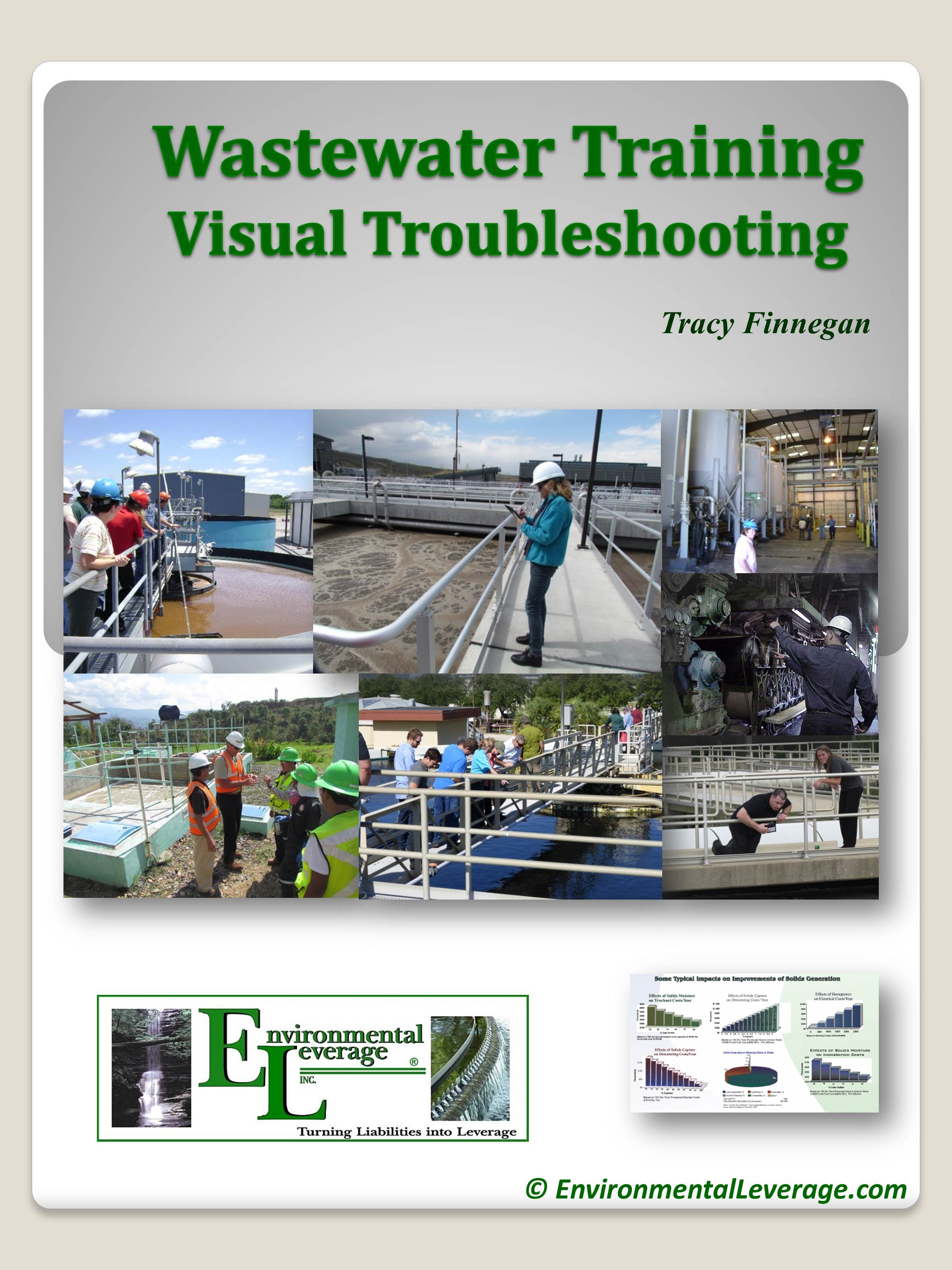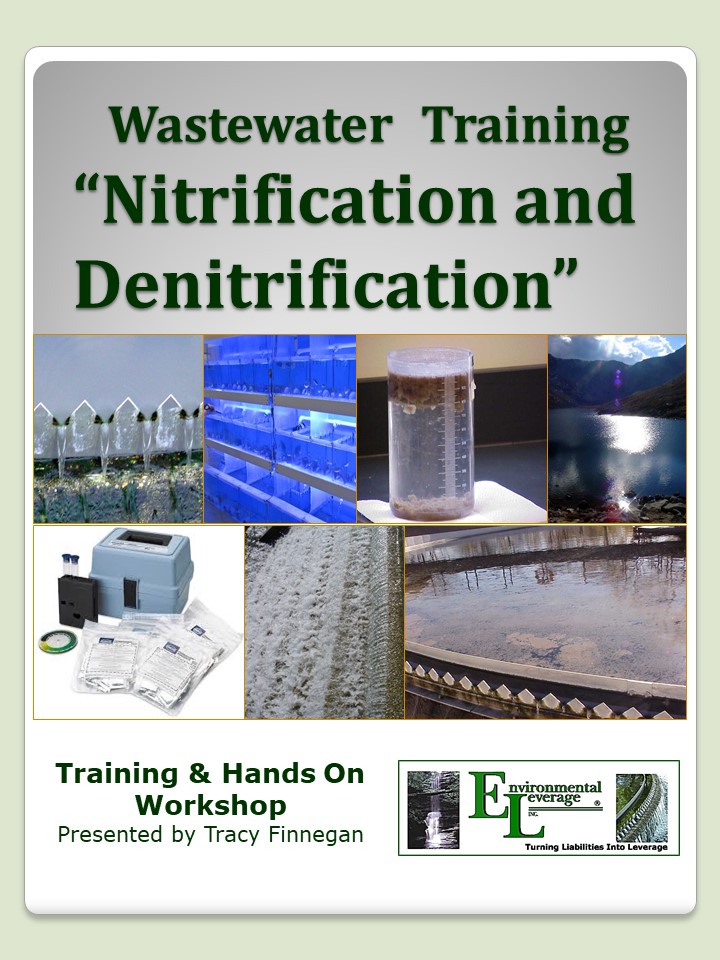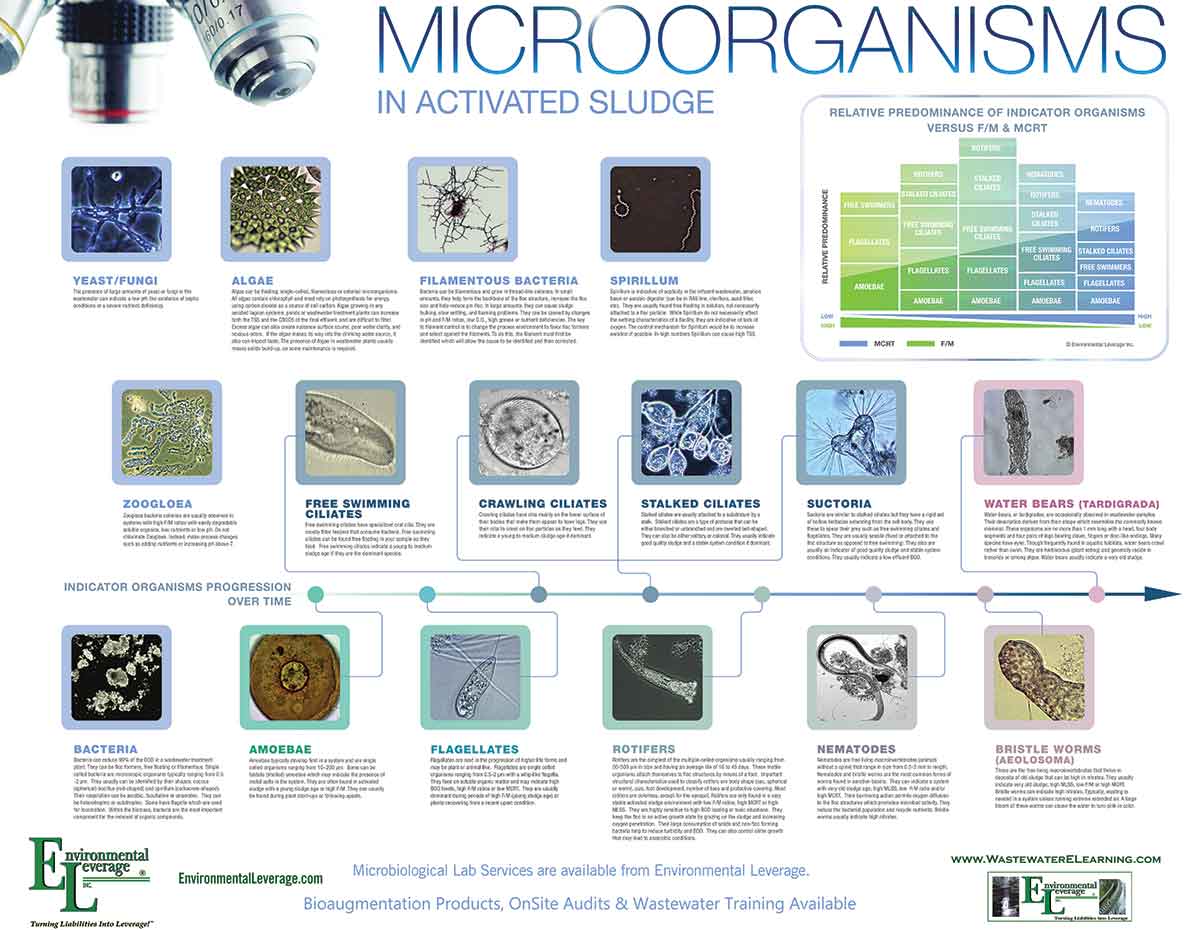Biological Products:
Bioaugmentation products for Wastewater applications in Papermills, Refineries, Chemical, Tanneries, Municipalities, Textiles, Steel, Agriculture, Animal feedlot, Gun Powder plant, Food and Beverage- Dairy Products, Orange Juice factory, Wineries, Cookie factory, Vegetable processing plant, Meat packing, Barbecue Restaurant, Aquaculture, Ornamental Ponds with algae , CAFO, Nursing homes, Military, Campgrounds, Universities, Regulatory agencies, River and Lake remediation
Lab Services:
Filamentous Identification Lab Service. One reason to identify filaments is to determine the filaments characteristics and then determine the type present. If the type is found out, a root cause can usually be associated with a particular filament. If the cause is known, then a correction can be made to alleviate problems. Chlorination is only a quick fix. Without process changes, filaments will grow back after chlorination. Wastewater Biomass Analyses and Cooling Tower Analyses also available
Training Materials:
Training is an integral part of any job. Not everyone is at the same level of training. Many people want beginning concepts and basics. Some need technical information or troubleshooting. Some want equipment, technology or process information. We have developed a full set of Basic training, Advanced training, Filamentous Identification the Easy Way as well as custom training CD's Manuals. We also provide hands-on training classes and soon will have an Online "E-University".
Audits and Consulting:
At Environmental Leverage® Inc., we have a team of experienced individuals who come into your plant with a fresh pair of eyes. The system is checked from influent to effluent. System optimization, equipment efficiency and operational excellence are key components explored. Key Benefits Equipment efficiency Total Cost of Operation reductions Reliability and safety An onsite audit is conducted to examine system parameters, process controls, and current monitor and control procedures. A physical walk-through is conducted, process flow diagrams are examined, previous design criteria are examined and current standard operating procedures are evaluated along with data logs.
|
Pulp and Paper IndustryWhat's New!
We have just added "Virtual Audits" to our capabilities. Check out our new Services. We are in the process of developing new courses for our ""Online E-University" in order to meet the needs of our global customers that cannot travel to our public classes.Visit our new website www.WastewaterElearning.com/Elearning
Typical Papermills generate tons of lime mud, bark ash and boiler ash as
well as significant tons of biosolids if they have activated sludge plants
and have many opportunities for beneficial reuse and co-product development.
Ash generation rates are approximately 0.04 TPT from Georgia pulp mills.
If you remove the ash and lime and possibly locate local brick, construction
companies or road fill, many times you will have cleaner biosolids. These
then
EPA Office of Compliance Sector Notebook Project, Profile of the Pulp and
Pulp and Papermill Case Histories
Approximately 26% of the bleached kraft and soda mills in the United States have essentially complete spent pulping liquor management and control systems, approximately 29% have partial systems, and approximately 45% would require major upgrades to fully implement effective control systems. Sulfite mills in the United States are estimated to have a status similar to the bleached kraft mills.
Black Liquor can be a big problem at wastewater treatment plants at papermills. The chemical components are of particular interest due to the fact that a spill can have an adverse impact on the biomass in the system. If the spill is large enough and passes through the system, the impact on the receiving water and the aquatic life present might also be of concern, not to mention any emissions of TRS and HAP's to the air that black liquor also might contain. Below is a chart that shows some of the components that might be found in black liquor. Usually black liquor is not toxic to the bacteria in a system though. A spill usually means tons of high food loading, white foaming may be seen on the lagoons or aeration basins, but high BOD or TSS can be present in the effluent if the system is not properly adjusted to handle the spill. On the other hand, Green liquor or white liquor spills can be toxic to a system in some cases.
Since toxicity can be an issue at Pulp and papermills here are some chemicals and the impact they have on Daphnia and Fathead minnows. Below are some typical removal rates for some common pollutants found in paper mills. BOD and TSS are almost always critical in a final permit effluent, unless the receiving water is a P.O.T.W. Typically the final effluent rates might be higher, but in those cases the surcharges also are higher.
What does a paper mill use? Below are some of the materials used and some of the wastes that might be generated
Sample Benchmarks for the Pulp and Papermill Industry: The forest products industry generates 51% of its energy needs from biomass and black liquor Boiler fuel and machine drives represent the largest energy end use in pulp and paper and lumber and wood, respectively The pulp and paper industry uses 84% of the energy consumed by the forest products industry Solid Waste generation- .01-.26 tons per ton of product (TPT) Landfill cost-10-20 million Knots- reuse them or waste Wood yard waste - .02-.06 TPT Sludge from a de-inking process has only 50% of the energy of bark Typical Sludge generation- .02-.06 TPT Ash generation: .04 TPT Lime mud is limited by kiln production –up to 200 tons per day Process waste- Averages 16-17,000 PTP
Boiler Ash-
Forest products account for about 11% of all manufacturing energy costs The forest products industry is the largest co-generator in the manufacturing sector Energy intensity has declined since 1972
Did you know that a 1% fiber capture recovery yields
~$1MM in profits ?
For a full onsite audit of your plant- Contact Environmental Leverage inc. 630-906-9791
Microsolv 118 for Pulp and Paper Mills- Bioaugmentation product
More troubleshooting for Pulp and Papermills: Troubleshooting Lagoon Systems Wastewater in the Fall- Problems and Solutions Summer impacts on your plant Hurricane or Severe Weather Upset recovery program Wild Weather Extremes that can impact your plant Beneficial Reuse
Papermill wastewater troubleshooting Lagoons-Winter BOD issues and bioaugmentation Learn how Environmental Leverage can help your plant Bioaugmentation in Papermills- impact on BOD and TSS Filamentous bacteria can be a problem is solids are held too long in a clarifier also. Total System Optimization- Case History Lab Testing and Troubleshooting Newsletter More to come . . . . .
Did you know papermills have huge amounts of lubricating oil that winds up down into the collections system and heads over to the wastewater plant and can cause huge problems?
More information on grease in
Collection systems and Sewers
Sign up to receive our Monthly Email Newsletter and be ahead of the curve!
Wastewater Training Options The greatest equipment and the most efficient, dedicated workers can be ineffective if they are not properly trained. At Environmental Leverage, we have years of experience in many process areas and technical expertise on equipment, systems and operations. Programs to optimize your system or custom training can be tailored to increase the reliability and efficiency of your plant. Look for self taught training materials and training courses below.
We have developed a full line of Training CD's and Elearning classes for training and operator CEU's.
Elearning and General Brochure Click for brochure Online Wastewater Training ELearning -Since wastewater training is such an integral part of any treatment system, we have been asked
to develop an online waste water training program with some of our materials.
Click here and Go straight to our WebSite - www.WastewaterELearning.com Take a sneak peek inside our training courses with our ELearning Demo Make sure to create an account and log in. Lab Poster
Environmental Leverage Lab Poster for Wastewater Training. This Microbiology Poster has photos as well as descriptions and troubleshooting recommendations of common micro organisms found in most wastewater treatment plants.
Contact Environmental Leverage for more
information about obtaining this poster for your lab or setting up hands on
training, consulting and onsite audits.
|

 Papermills
come in all different types of sizes and have many different
characteristics. They can be Kraft mills, bleach mills, pulp mills,
specialty or 100% recycle. They can be very old paper mills, or have the
latest, state of the art technology on the process side as well as the
wastewater side. Some pre-treat and discharge to a local POTW and some have
final effluent permits. Delivering the final product is what it
all comes down to! Many times Papermills have very similar problems to other
treatment plants when it comes to wastewater treatment.
Papermills
come in all different types of sizes and have many different
characteristics. They can be Kraft mills, bleach mills, pulp mills,
specialty or 100% recycle. They can be very old paper mills, or have the
latest, state of the art technology on the process side as well as the
wastewater side. Some pre-treat and discharge to a local POTW and some have
final effluent permits. Delivering the final product is what it
all comes down to! Many times Papermills have very similar problems to other
treatment plants when it comes to wastewater treatment. 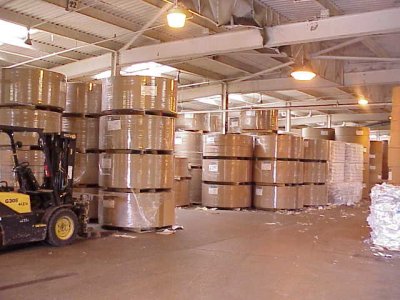
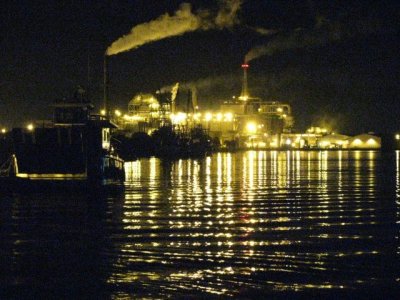
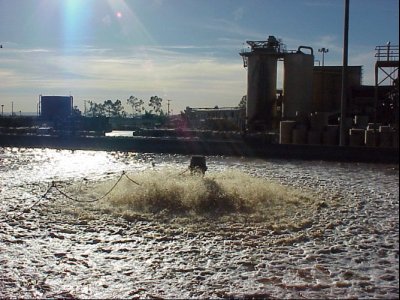 There are tons of files containing information on every subject from A to
Z on the internet with standards, benchmarks and industry BMP's. The
problems is, who has time to dig and find it all. It is not always in easy
to find places. We have tried to show you some of the ones we though
might be useful. There are links to the places where we found some of them
in case you want to dig deeper on a particular subject and find out more.
There are tons of files containing information on every subject from A to
Z on the internet with standards, benchmarks and industry BMP's. The
problems is, who has time to dig and find it all. It is not always in easy
to find places. We have tried to show you some of the ones we though
might be useful. There are links to the places where we found some of them
in case you want to dig deeper on a particular subject and find out more.
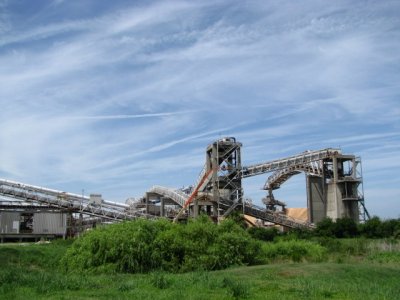
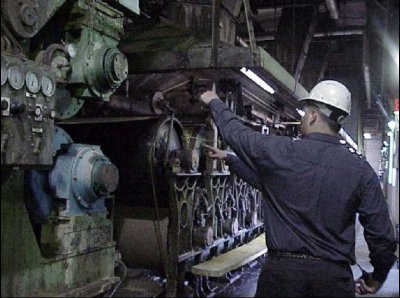 Stormwater may contain dust, bark and wood debris that contribute to TSS
problems in the wastewater treatment systems if entering at the back of
lagoons or ponds
Stormwater may contain dust, bark and wood debris that contribute to TSS
problems in the wastewater treatment systems if entering at the back of
lagoons or ponds